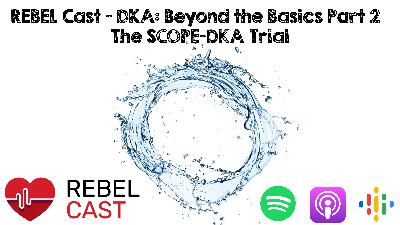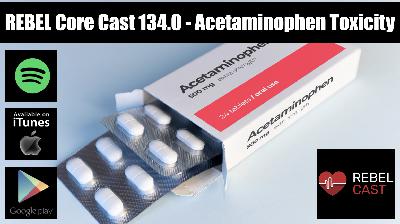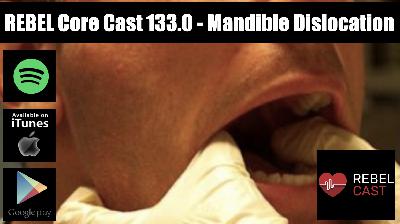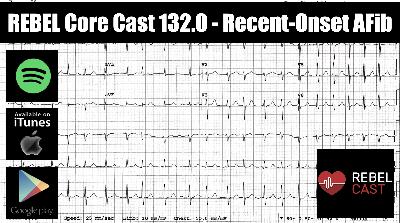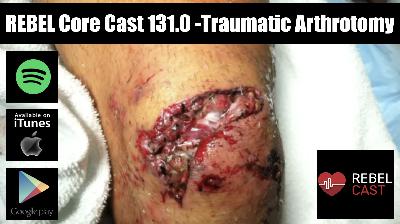REBEL Cast - DKA Part 1: Beyond the Basics - The SQuID Protocol
Description
🔑 Key Points
🛏️ Fewer ICU Admissions
Only 5 patients in the SQuID group required ICU care vs 99 in the traditional insulin drip group.
⏱️ Shorter ED Stays
ED length of stay dropped by ~3 hours in the SQuID group—an operational win in crowded departments.
💉 No Drop in Nursing Workload
Despite using subQ insulin, nurses still performed hourly glucose checks and frequent injections.
🧪 Focus on the Anion Gap
DKA resolution = closing the anion gap, not just normalizing blood sugar—critical concept for trainees and nurses alike.
👶 Peds Has the Edge
Pediatric ICUs routinely use a 2-bag system (D10 + electrolytes vs electrolytes alone) to safely continue insulin while managing glucose—adult medicine should take note.
📝Introduction
In this episode of REBEL Cast, we dive into part one of our Diabetic Ketoacidosis (DKA) series with a twist—subcutaneous insulin instead of the traditional IV drip. We explore the SQuID Protocol (Subcutaneous Insulin in DKA), which could potentially shift how we manage mild to moderate DKA—from the ICU to the general floor.
With ICU bed shortages, ED boarding, and nursing resource challenges, it's time to ask: Do all DKA patients really need a drip and an ICU bed?
We reviewed a quasi-experimental study comparing traditional insulin drips versus subcutaneous insulin (lispro q4h + glargine at time zero) in a busy urban ED. The results? Promising—but not without caveats.



